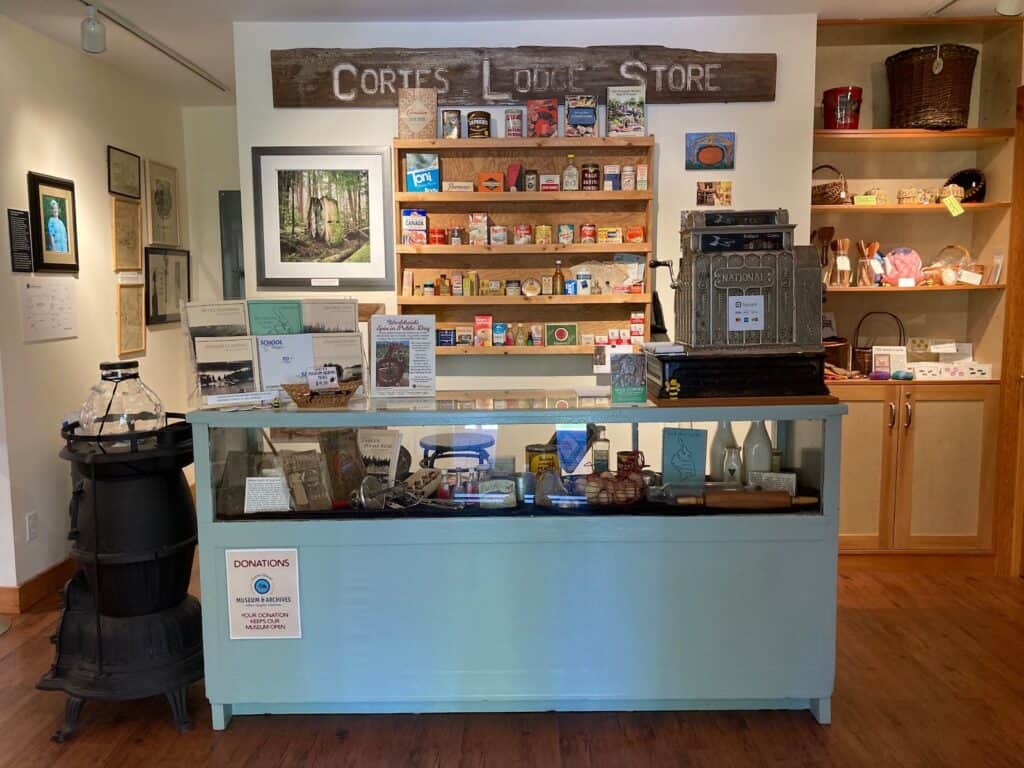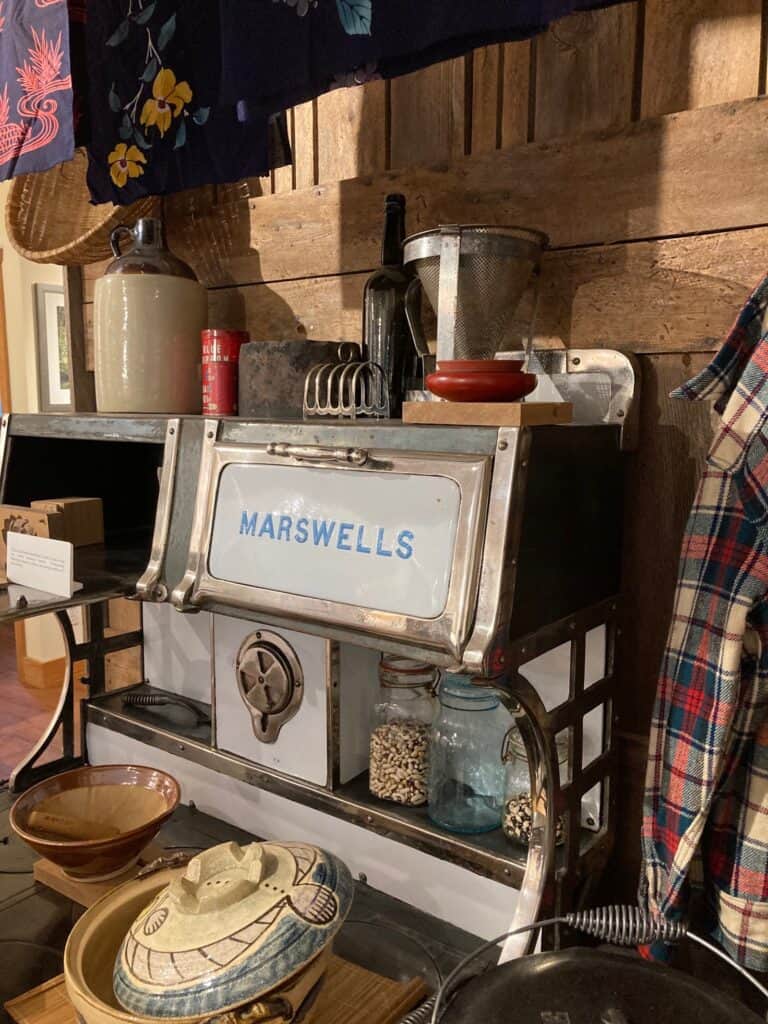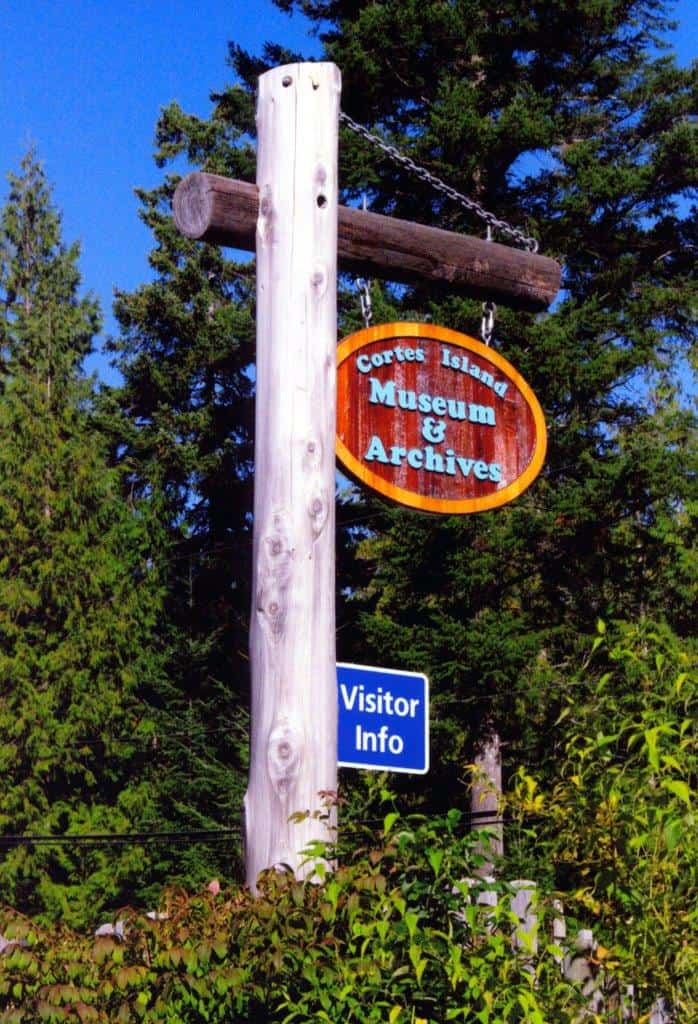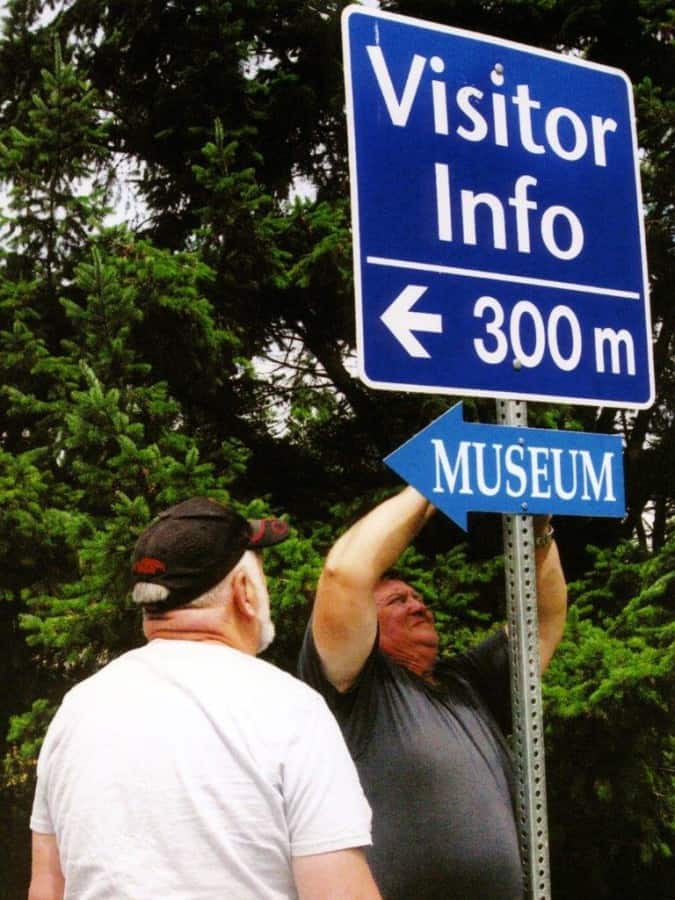Mandate
As a registered society and charitable organization, Cortes Island Museum and Archives collects, preserves and presents original documents, photographs, social and oral histories, digital material and artifacts connected with the natural, historical and cultural development of Cortes Island and the surrounding region.
Located on traditional territories of the toq qaymɩxʷ (Klahoose), ɬəʔamɛn qaymɩxʷ (Tla’amin) and ʔop qaymɩxʷ (Homalco) Nations, Cortes Island Museum strives to nurture opportunities for meaningful engagement with Indigenous communities.
Mission
The mission of the Cortes Island Museum & Archives Society is to:
- Collect, preserve and interpret to the broadest public possible, material relevant to the rich natural history, cultural development and evolution of Cortes Island and surrounding region.
- To offer accessible, dynamic and engaging exhibitions and programs, fostering a strong sense of place with learning opportunities for all people.
- To provide historical context to relevant contemporary issues.


Vision
- Be an inclusive place of connection where people are inspired to celebrate the past, present and future of Cortes Island.
- Be an organization that explores and fosters dialogue about important historical, social, economic and environmental issues.
- Be an organization that advances collaboration with and participation from local Indigenous communities in the stewardship of Cortes Island Museum & Archives, the Museum collections, and the delivery of programming.
- Be an organization that is known for diversity and equity in all operations.
History
The Cortes Island Museum building began life in 1946 as a family store at the head of Manson’s Landing dock. A nearby mill in the lagoon supplied the lumber. When this area became a provincial park in 1974, the store was allowed to continue operating until 1991.
May Ellingsen, a granddaughter of Mike Manson, dreamed of having a museum on Cortes and in the late 1920s she began diligently collecting photographs, stories and papers from early homesteader families. She also collected papers and catalogues from Cortes businesses and organizations as well as any newspaper articles pertaining to the island.
In 1996, May persuaded the Provincial Parks Department to donate the empty store to the fledgling Museum society. Her brother Wilf Freeman talked the Firefighters Association into donating a corner of Firehall No. 1 property for the Museum. May’s vision of a museum was coming to fruition. Wheels were placed under the old store to move it up the hill and volunteers constructed a foundation, renovated inside the building and created a porch and new entrance. A fenced garden of heritage plants was begun around two sides of the building.
In 1998, the Museum hosted the first exhibit in recognition of the International Year of the Oceans. The display celebrated the settlement and natural history of Manson’s Lagoon. School children contributed a marine alphabet display – wonderful original drawings of some of the creatures that live in the lagoon. Today (2015), the Board of Directors has three original members still volunteering their time and expertise – Nancy Kendel, Bonnie MacDonald and Ian Disney. May Ellingsen served as the first president of the society she helped form and her vision lives on in the May Ellingsen Archives.


In 2010, a designated Tourist/Visitor Information Booth was opened in a corner of the Museum entrance lobby. Road signs provided by BC Tourism brought an increase of visitors who often stayed to enjoy exhibits.
With donations for the archives and artifact collections increasing due to local island awareness of the importance of preserving its history, storage space reached a critical point in 2011. Grants were applied for to expand the collections storage space, work room, the office and public archives space. Over 2012 and 2013, the Legacy Building Expansion Project increased the Museum by 672 square feet. It was funded largely by a generous grant from Heritage Canada’s Building Communities Through Arts and Heritage Program, and in part by a BC Arts Council Capacity and Sustainability grant, along with generous donations of building materials and labour. New areas include a properly climate-controlled storage area to house the ever-growing Archives and Artifact Collections, a public Archives Research Room, work room and office.
These new spaces provide increased opportunities for Cortes residents and visitors to interact with local heritage, access archival materials, and create exhibits or programs for the Museum’s Public Education programs.

